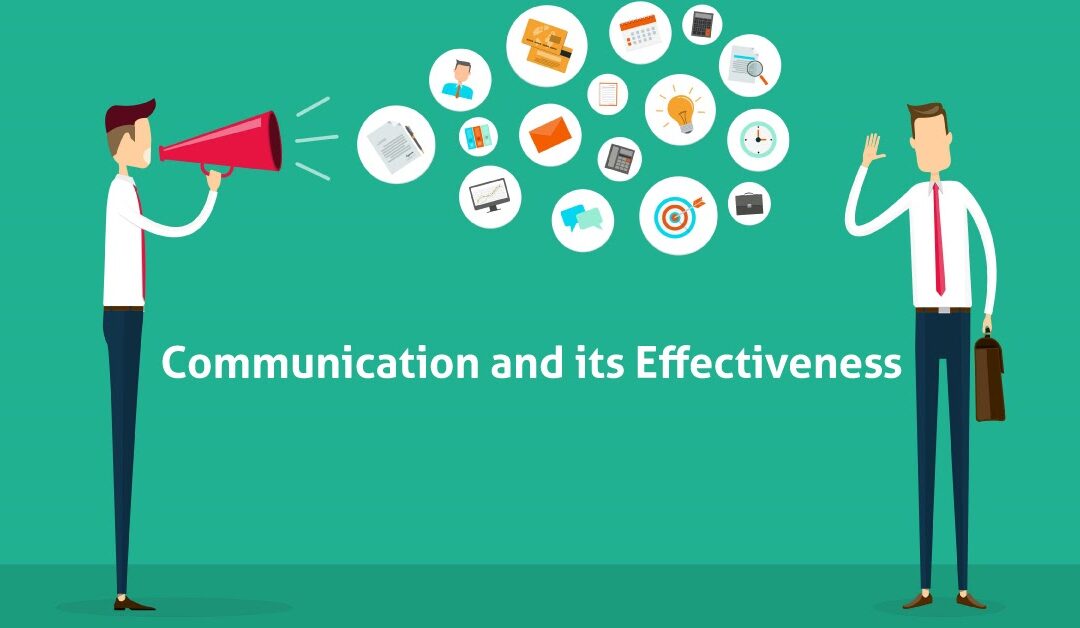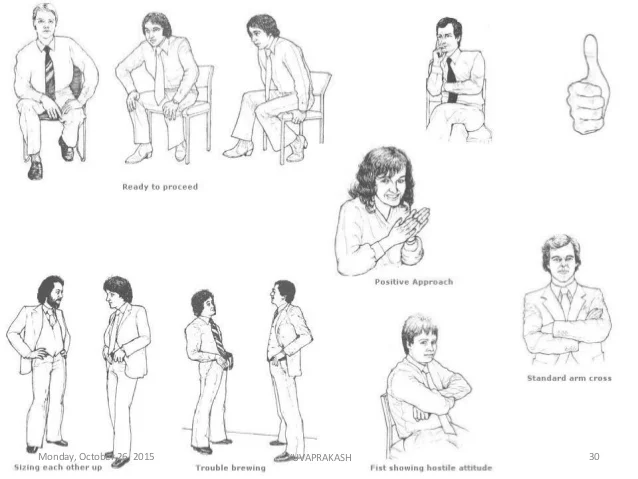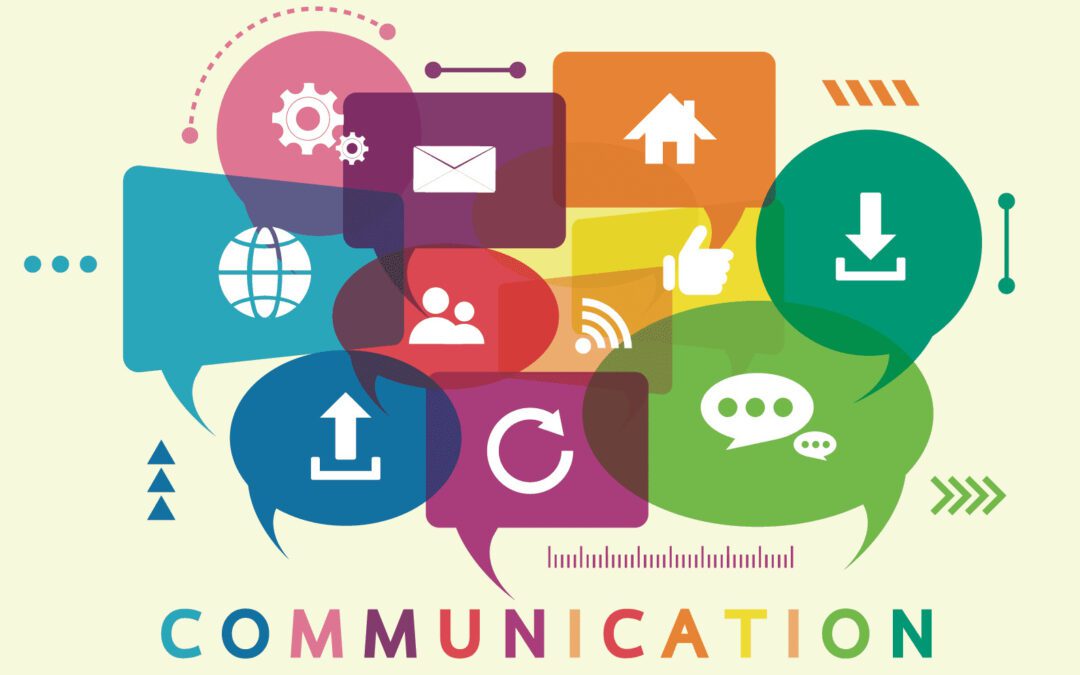
The 7 Elements of Effective Communication – Get Heard
In our last post, we spoke about what are the possible impediments, or barriers to effective communication. In this post, we take you ahead with exploring some of the core elements for effective communication. To dive straight in –
1. For Effective Communication – Listen
In a number of our blog posts, relating to communication (and even otherwise), we have spoken about how and why ‘listening’ is an extremely important process of communication. Even if you are the one who needs to communicate, being indifferent or not paying attention what your audience has to say can render your communication process ineffective. As the honourable Dalai Lama said —
When you talk, you are only repeating what you already know
. But if you listen, you may learn something new.
Listening and speaking go hand in hand, and during the process of communication the roles of a listener and a speaker are fluid. This means that a speaker may not necessarily be the only one doing all the talking. One of the key elements for effective communication require the speaker to be, first of all, a good listener.
Have a look at what the American Management Association (1961) says about the importance of listening “…Listening is one of the most important, most difficult – and most neglected – skills in communication. It demands that we concentrate not only on the explicit meanings another person is expressing but on the implicit meanings, unspoken words and undertones that may be far more significant…”
2. For Effective Communication – Be Clear
The elements of Clarity and Simplicity are in a way interwoven. However, these two aspects cannot be used interchangeably. If one were to explain what clarity in the process of communication means, it would be simply this – that there should be absolutely no room for doubt about what the message is.
One of the worst failures of communication is when your audience acts upon your message and delivers something that is opposite of what you meant to say, or absolutely not in sync with the purpose of communication.
Your words, ideas and logic should be crystal clear. Do not beat around the bush with what you need to communicate – given that at times the content of the communication might truly be tricky. Regardless, put it across with as much clarity as you possibly can.
3. For Effective Communication – Aim for Simplicity
Always, always keep it simple. Being verbose can be the death of effective communication. What is the point of using complicated jargon or terms which your audience might not be able to process? Always keep in mind the background, and language competency of your audience before proceeding to communicate with them.
Although, it is highly recommended that irrespective of the competency of your audience, you keep the language as simple as possible – unless you need to use certain technical terms to get your point across. Keeping it simple has the magical effect of making communication instantly effective.
Have a look at certain “Principles of Simplicity” for most effective communication. You can read the whole of this wonderful article here.
Language:
“Using jargon, big words and complex structures may make something seem important but it also makes is more difficult to understand.• Metaphor or analogy can be used to simplify ideas by showing what they are like.
• Shorter sentences requires the person to spend less time remembering what was said and decoding the structure.Reduction
Simplification can be achieved simply by showing or doing less. Talk less. Show them fewer alternatives. Make the idea more stand-alone with fewer associations. Reduce time, space, actions and people to make plan more straightforward.Rearrangement
Sometimes things can be made easier to understand by moving things around into configurations that make more sense. You can move things in time as well as space. You can change who does what, where people go, when things happen and so on.Replacement
Sometimes things can be made easier by throwing away what you currently have and using something else that is easier to understand or accept.”
If one were to compress the entire bit about simplicity simply, it would be this – simple things are by nature easiest to understand, process and accept.
4. For Effective Communication – Be Confident
If you aren’t confident about what you’re communicating, it will never be effective. And there are no two ways about that. Whether or not you are able to communicate with confidence is what makes lends the information you are putting out its due authenticity. The onus lies completely on you to get your listeners/ readers to believe in what you are saying.
The only way that will happen is when you communicate with confidence. Well, how do you communicate with confidence then? Be sure of what you’re saying, i.e., ‘know your stuff’. Ask yourself enough questions about the content until you are satisfied that you know enough to be able to communicate confidently!
5. For Effective Communication – Be Charismatic
A charming personality goes a long way in aiding effective communication. In his article, “What is Charisma and Charismatic Leadership”, have a look at what author Ronald E Riggio has to say about “charismatic leaders”. “Charismatic leaders are essentially very skilled communicators – individuals who are both verbally eloquent, but also able to communicate to followers on a deep, emotional level. They are able to articulate a compelling or captivating vision, and are able to arouse strong emotions in followers.”
Some people say, you either have charisma, or you don’t. But we believe everyone has charisma. You just need to bring it forth. And the only (and the best) way you can do that is when you are absolutely sure about what you are trying to communicate, and the confidence and the conviction shows in your communication. And while you’re doing that, don’t forget to smile every now and then.
6. For Effective Communication – Consider the Environment
During the research we did for this post, one common aspect across all the material we read was, the process of communication will be effective only when there is trust between the communicator and the audience. In other words, the environment for the communication needs to be conducive, and trust is the most important factor for the same. The kind of rapport you share with your audience is something that will determine it.
“Environment” as an aspect of communication also means to choose the right place, and the right time before initiating the process of communication. Ensure that your audience is placed in a way that they can be receptive to what you are saying. Else, the communication could be just one-sided, and any communication which is one-sided can safely be called ineffective.
The American Management Association (1961) explains the aspect of environment in the following manner –
“Meaning and intent are conveyed by more than words alone. Many other factors influence the overall impact of a communication and you must be sensitive to the total setting in which you communicate.
Consider, for example, your sense of timing – i.e. the circumstances under which you make an announcement or render a decision; the physical setting – whether you communicate in private, for example, or otherwise; the social climate that pervades work relationships within the company or a department and sets the tone of its communications; custom and past practice – the degree to which your communication conforms to, or departs from the expectations of your audience. Be constantly aware of the total setting in which you communicate. It is essential that communication adapts to its environment.”
Makes a great deal of sense, doesn’t it?
7. For Effective Communication – Be Open to Feedback
Always keep the feedback loop open. And always seek feedback during the process of communication. Don’t just seek feedback, do incorporate it in order to show that the feedback is indeed valued. Besides helping you improve, the feedback you receive also helps you know if the message you wanted to communicate has been received in the intended manner. You might have to devise suitable methods to be able to receive, evaluate and respond to feedback. Think about this as a preparatory step before you initiate the process of communication.
Being mindful, during your communication is also a crucial aspect in order to make it effective. How can you be mindful during the process of communication? Well, first of all by being a good listener. Secondly, by being empathetic.
Be prepared that no matter how well you put across the message to be communicated, in case it is an undesirable message for the receiver, it may not be taken kindly. In which case, you must be prepared to ‘respond’ and not ‘react’. This will be possible only when you incorporate a sense of empathy into the process of your communication.
Have more to say about the elements for effective communication? Write to us.



